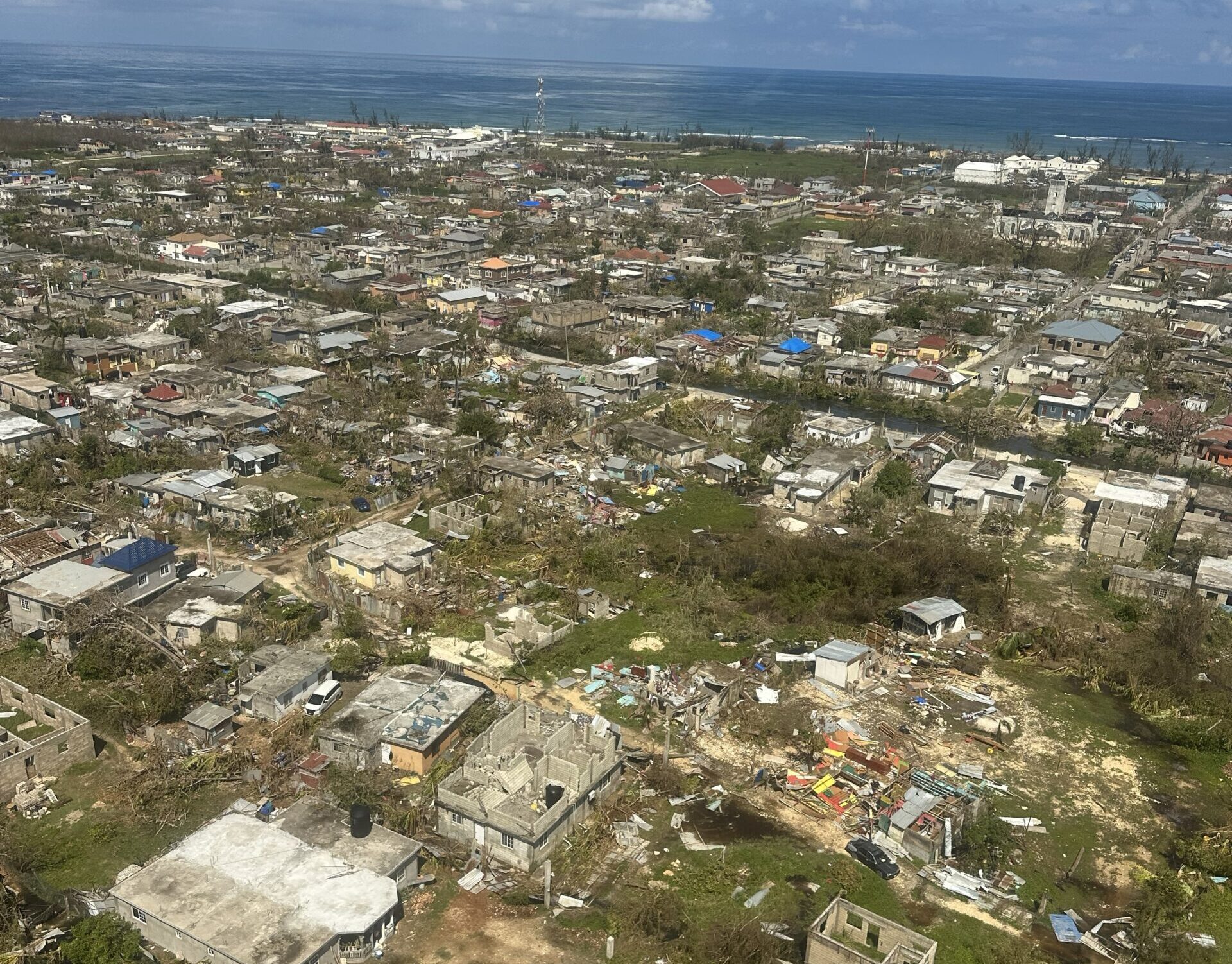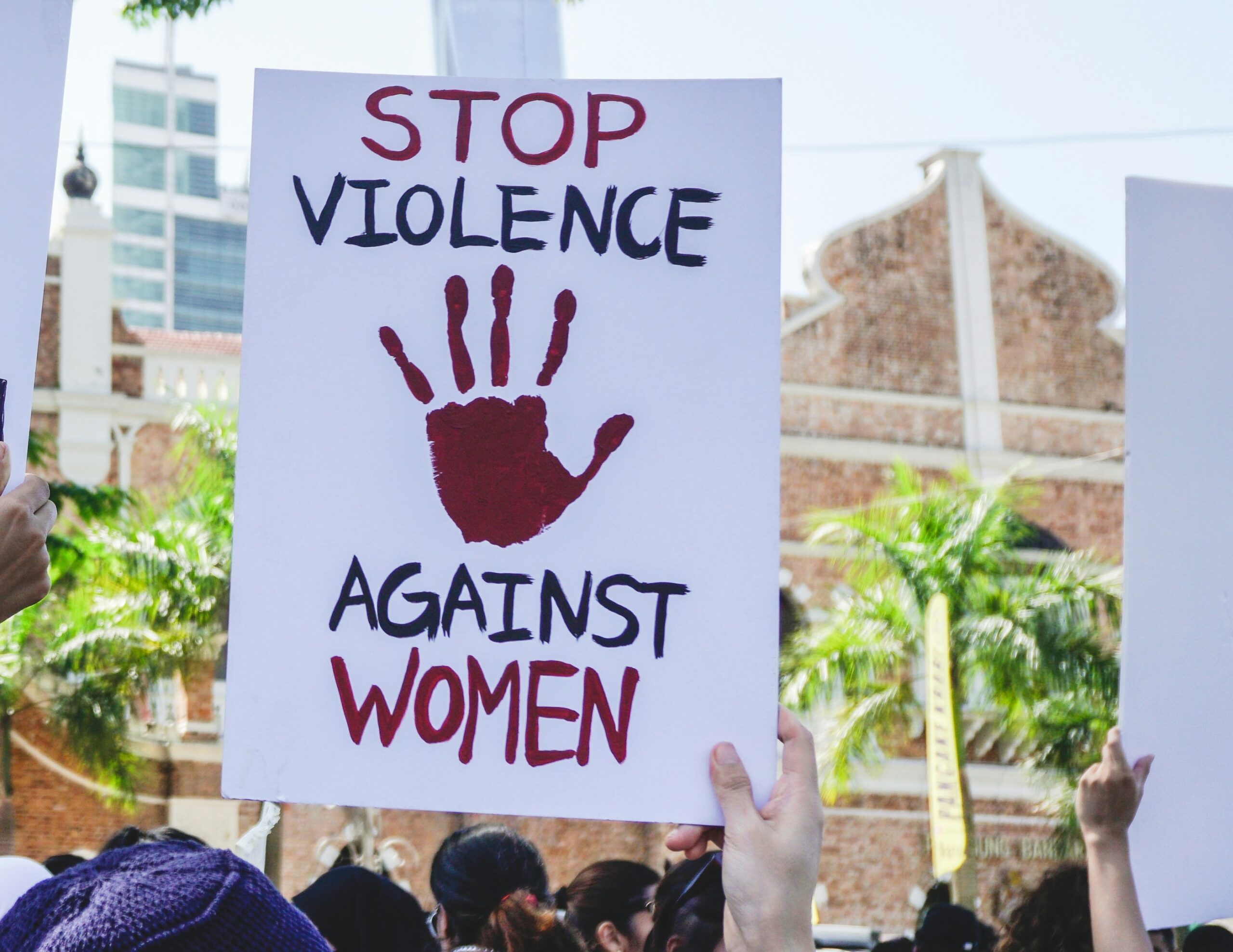What we’re watching: Weekly disaster update, November 3

We know all too well that disaster can strike anytime, anywhere in the world. Some disasters make headlines; others do not. Here at the Center for Disaster Philanthropy (CDP), we monitor the status of disasters worldwide and compile a list of the ones we’re tracking weekly, along with relevant disaster-related media coverage.
Here’s what we’re watching for the week of Nov. 3, 2025.
New or Emerging Disasters
Typhoon Tino (Kalmaegi) – The Philippines: The Philippines’ 20th tropical cyclone of 2025 is expected to make landfall on Nov. 4 with impact in “the Visayas, portions of Mindanao, and several areas in Southern Luzon.”
The storm became a typhoon on Nov. 3 and may become a super typhoon before landfall. The potential for interaction with the north-east monsoon will cause landslides and bring two to four inches of rain.
Almost 156,000 people were evacuated to safety in the eastern and southern provinces. The typhoon is expected to hit several central islands, including Cebu, which experienced a 6.9-magnitude earthquake on Sept. 30. Rain on Negros Island may also lead to volcanic mudflows from the Kanlaon volcano.
Earthquake – Afghanistan: On Nov. 3, a 6.3-magnitude earthquake struck the northern Afghan city of Mazar-e-Sharif around 8:30 p.m. UTC. The city’s historic 15th-century Blue Mosque and the nearby area were damaged.
At least 20 people were killed, although officials believe that number will grow. Several hundred people were injured. There were extensive power outages across several states. Search and rescue efforts are ongoing. India and the UN pledged support.
Previous/Ongoing Disasters
Hurricane Melissa – The Caribbean: Melissa made landfall in Jamaica on Oct. 28 as a Category 5 hurricane, after causing damage in Haiti and the Dominican Republic. The storm is responsible for more than 50 deaths so far, including two in the Dominican Republic, 19 in Jamaica and 31 in Haiti.
The World Food Programme (WFP) said, “every (crop) that was on the path has been damaged … Some of the fruit trees may be recovered, some of the temporary crops will not be recovered at all.”
Small farmers experience any loss as a significant loss. Of the 200,000 farmers in Jamaica, approximately 80% are small-scale, working on land of 5 acres or less. WFP said that 10 million people were already food insecure in Haiti and Jamaica. The most heavily impacted parish, St. Elizabeth, known as Jamaica’s breadbasket, was also severely affected by Hurricane Beryl in 2024, resulting in a significant reduction in food access, which will be exacerbated now.
In addition to agricultural recovery, Jamaica is also working to rebuild in time for the upcoming tourist season, which is just one month away.
CDP has a Hurricane Melissa disaster profile, and you can donate to support recovery through the Atlantic Hurricane Recovery Fund.
Complex Humanitarian Emergency – Sudan: The crisis in Sudan is growing increasingly violent, leaving thousands dead in recent weeks and hundreds of thousands of people at risk of starving to death. Women and girls are suffering sexual violence at the hands of the militants.
On Oct. 26, the city of el-Fasher fell to the Rapid Support Forces (RSF). A day later, the Sudanese Army admitted it had withdrawn from the city. El-Fasher was a city under siege, with a population of 260,000, many of whom had fled from other parts of the country. When it fell to the RSF last week, thousands of people were murdered, including 460 people at a hospital, according to the World Health Organization.
At least 62,000 people are estimated to have fled to Tawila between Oct. 26 and Oct. 29, but on Oct. 31, Doctors Without Borders reported that only about 5,000 people had reached the city.
The Integrated Food Security Phase Classification (IPC) reports that famine is now present in two new locations in Sudan, with an additional 20 areas at risk of being added. IPC says that famine “has been detected in el-Fasher in Darfur and Kadugli town in South Kordofan province. Twenty other areas in Darfur and Kordofan, where fighting has intensified in recent months, are also at risk of famine, according to the IPC.”
Last September, the Coalition for Mutual Aid in Sudan, which CDP is part of, announced a Commitment to Action to channel $2 million in emergency grants to Sudan and generate an additional $4.5 million from peer philanthropies. This year, the Coalition announced it had met its goal and expanded its commitment to support Sudan with $16 million in direct and flexible grants by the end of 2026.
You can support Sudan through CDP’s Sudan Humanitarian Crisis Fund.
Flooding – Alaska: Weeks after flooding hit communities in Alaska’s far northwest Arctic, families are struggling to rebuild or repair their homes before the coldest part of the year. Temperatures have already dropped into the mid-teens.
The state has issued individual assistance, which will provide for a variety of needs up to $21,250, as well as home repairs up to the same amount. FEMA has also approved public assistance and individual assistance, but the federal shutdown means that assistance is rolling out slowly.
The Billion-Dollar Disasters – United States: The U.S. Billion-Dollar Weather and Climate Disasters database has a new home at the nonprofit Climate Central, following the federal funding cut earlier this year.
According to Climate Central, from January to June of this year, there have been 14 billion-dollar disasters, with several more yet to be assessed. These disasters have cost at least $101.4 billion.
Chikungunya Virus – Several countries: New local cases of the chikungunya virus in Hong Kong, Italy, France and New York have led some experts to question whether it will eventually lead to a new pandemic. The increase in local cases is particularly concerning because it means more mosquitoes are likely infected.
Chikungunya virus has been reported in more than 100 countries, with significant outbreaks in Europe and the Americas. New York reported its first local case, and the first in the U.S. in six years, in mid-October. There are three other cases in New York state this year and 19 in the U.S., but all are linked to international travel.
Complex Humanitarian Emergencies – Democratic Republic of Congo (DRC)
When a country experiences political conflict, climate shocks, famine, economic challenges or other conditions, it may suffer a complex humanitarian emergency (CHE). CDP maintains complete profiles on several CHEs. Every week, we highlight these and other CHEs, hoping to build awareness and increase philanthropic response. We are currently focusing our CHE updates on violence against women and girls.
In 2025, violence against women and girls in the Democratic Republic of Congo (DRC) spiked dramatically, due to a surge in conflict, displacement and systemic insecurity. Women and girls are targeted in raids for abduction and sexual violence, and many have been assaulted on more than one occasion.
Key facts:
- Funding for protection services in DRC has decreased by 37% since last year.
- Incidents of sexual violence have increased by 38% since last year.
- Women and girls in displacement camps are particularly vulnerable to exploitation, abuse and coercion.
- Over half of gender-based violence service points have shut down due to insecurity and funding cuts, and survivor support structures are almost entirely closed in frontline regions
- In the past 12 months, 36% of women in DRC reported experiencing intimate partner violence – the highest prevalence globally.
- Pregnancy and childbirth have become life-threatening with the collapse of the health care infrastructure due to repeated attacks on facilities. The DRC already had one of the world’s highest rates of maternal mortality before this collapse.
- Armed groups target women and girls in raids, often by abducting them and then subjecting them to sexual violence and torture.
- Women human rights defenders have been abducted, assaulted, and even killed for their work.
Women and girls in DRC show remarkable resilience and hope for the future, but they are bearing the brunt of the conflict there. Urgent funding is needed to provide health care, food, protection and gender-based violence survivor services.
Upcoming webinar
Violence against women and girls in disasters: How funders can fill funding gaps

What We’re Reading
- UN report warns of record conflicts and rising violence against women and girls – Law-Order
- Warmer weather is leading to vanishing winters in America’s Great Lakes – The Conversation
- The planet has entered a ‘new reality’ as it hits its first climate tipping point – CNN
- Arduous and Unequal: The Fight to Get FEMA Housing Assistance After Helene – ProPublica
A moment of hope… In Bangladesh, farmers inadvertently discovered a way to irrigate their crops during a drought. By drawing groundwater using shallow wells during the dry season, farmers are simultaneously creating spaces that act as reservoirs and can store water during the monsoon season. Scientists call this the “Bengal Water Machine.”
This process enables more reliable crop production during the dry months as well as improved food security by capturing more than twice the amount of freshwater as the capacity of China’s Three Gorges Dam. While promising, the system’s replication elsewhere requires careful adaptation.

